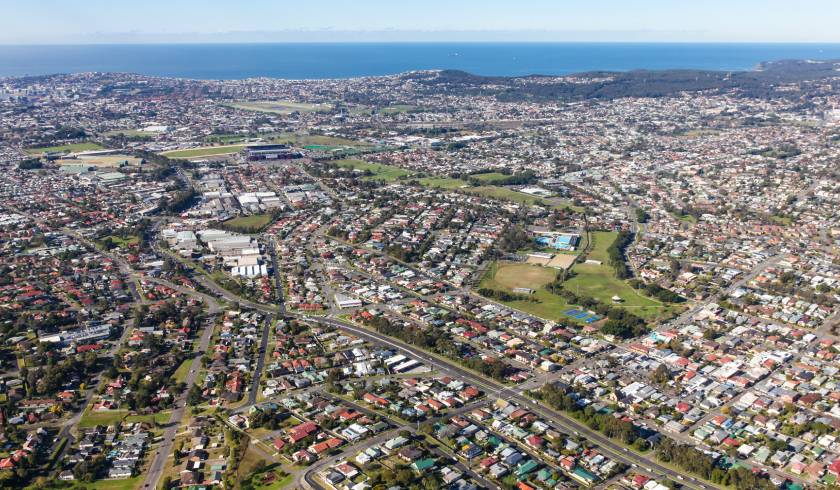Regional Victoria, NSW and Qld top destinations for relocation
Australians have been moving out of cities to places with more flexibility and lifestyle options, hoping to escape from pandemic restrictions, with new research revealing the most popular locations for change-seekers.

The latest Regional Movers Index (RMI) released by the Regional Australia Institute (RAI) and Commonwealth Bank of Australia (CBA) analysed relocation data of CBA’s 10 million customers.
The RMI enables early detection of growth trends and indicates regions that are emerging as hotspots requiring new thinking on housing and infrastructure by tracking human movements.
According to the report, net migration from cities to regional Australia is now double what it was two years prior to the pandemic, with trends continuing to be robust.
Furthermore, quarterly migration from capital cities to regional areas has been 15 per cent higher in the last two years than it was in the two years before COVID 19.
Although migration to the regions shrunk 10 per cent during the December 2021 quarter compared to the previous quarter, the report noted this was due to a seasonal lull aligned with historical trends. It also named rapid regional house price growth as a possible reason.
Migration patterns by state
RAI chief economist and acting chief executive Dr Kim Houghton has noted inland towns as the popular preference of migrants, fuelling growth rates of these locations.
“It looks like the pandemic is changing some long-established movement paths, which is a good sign for more balanced population growth across Australia in the future,” said Dr Houghton.
Predictably, Sydney and Melbourne emerged as the two main exit points in 2021, according to RMI data. Sydney accounted for 53 per cent of net outflows, while Melbourne accounted for 46 per cent, making up 99 per cent of all net outflows.
The RMI report defined capital city net outflow as “movement out of capital cities to regional areas minus movement into capital cities from regional areas”. Moreover, regional area net inflow was defined as “movement into regional areas from capital cities minus movement out of regional areas to capital cities”.
So where did city-siders go?
In 2021, fifty per cent of metro movers flocked to regional NSW, while 21 per cent moved to regional Victoria and 20 per cent to regional Queensland.
The smaller regions were not so popular among relocators, with only 5 per cent moving to South Australia and 2 per cent to Western Australia and Tasmania.
Based on these figures, it can be seen that the volume of people who moved to regional Australia was not fairly spread out during the second year of the pandemic.
In comparison, the distribution of net inflows for 2020 is not so disparate for the bigger regions.
Regional NSW still picked up the largest share, taking in 36 per cent, while regional Victoria and Queensland are not far behind with 34 per cent and 24 per cent, respectively.
For the smaller regions, Tasmania got a bigger share in 2020, taking in a 4 per cent share of movers; then South Australia with 2 per cent; and lastly, Western Australia with 1 per cent.
As Australia’s international borders opened on 21 February and with flexible work arrangements being the new normal, Commonwealth Bank’s executive general manager for regional and agribusiness banking and RAI Regional Australia Council (RAC2031) member Paul Fowler said: “It’s likely we will continue to see this movement as people recognise the benefits of a regional lifestyle.”
